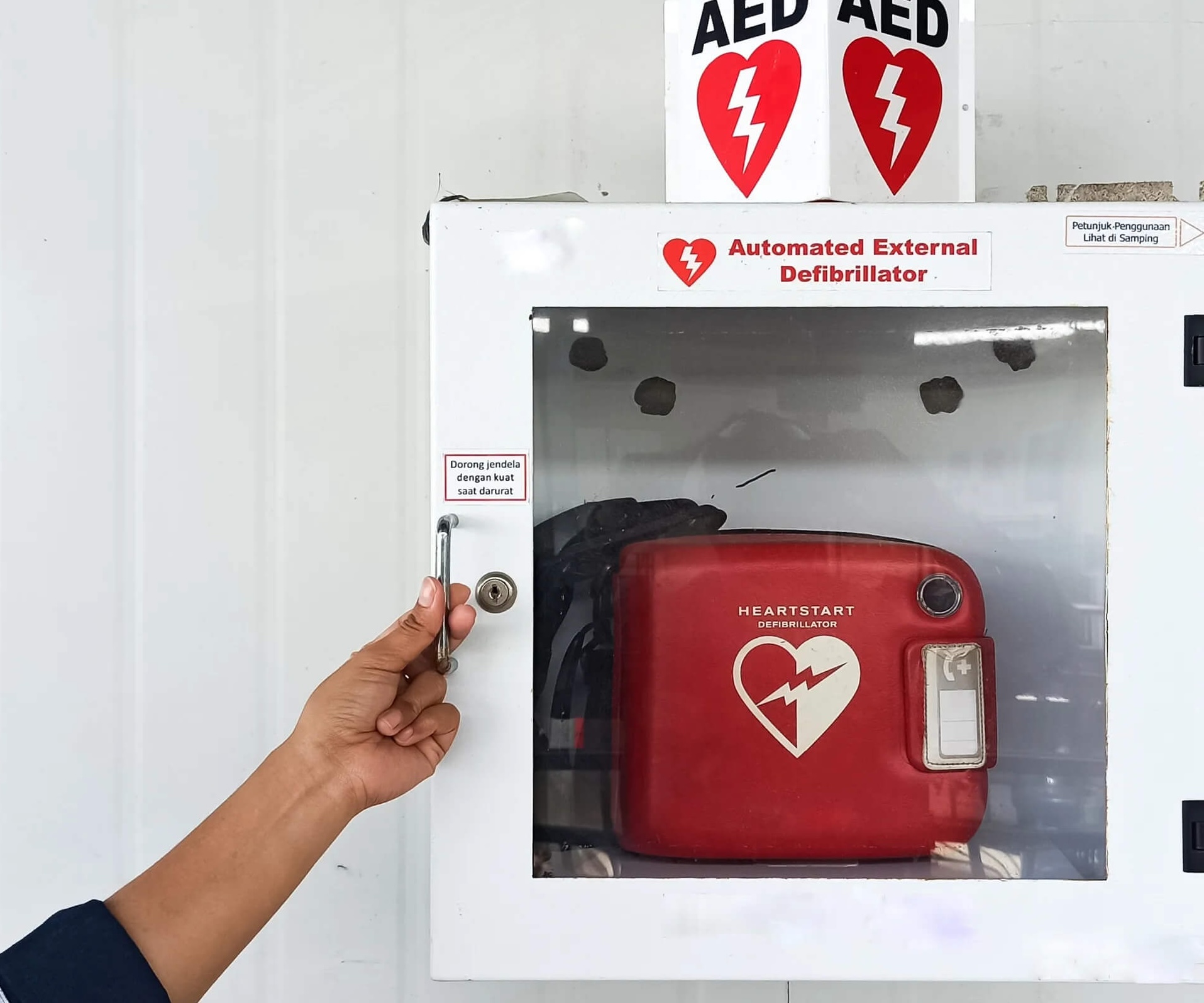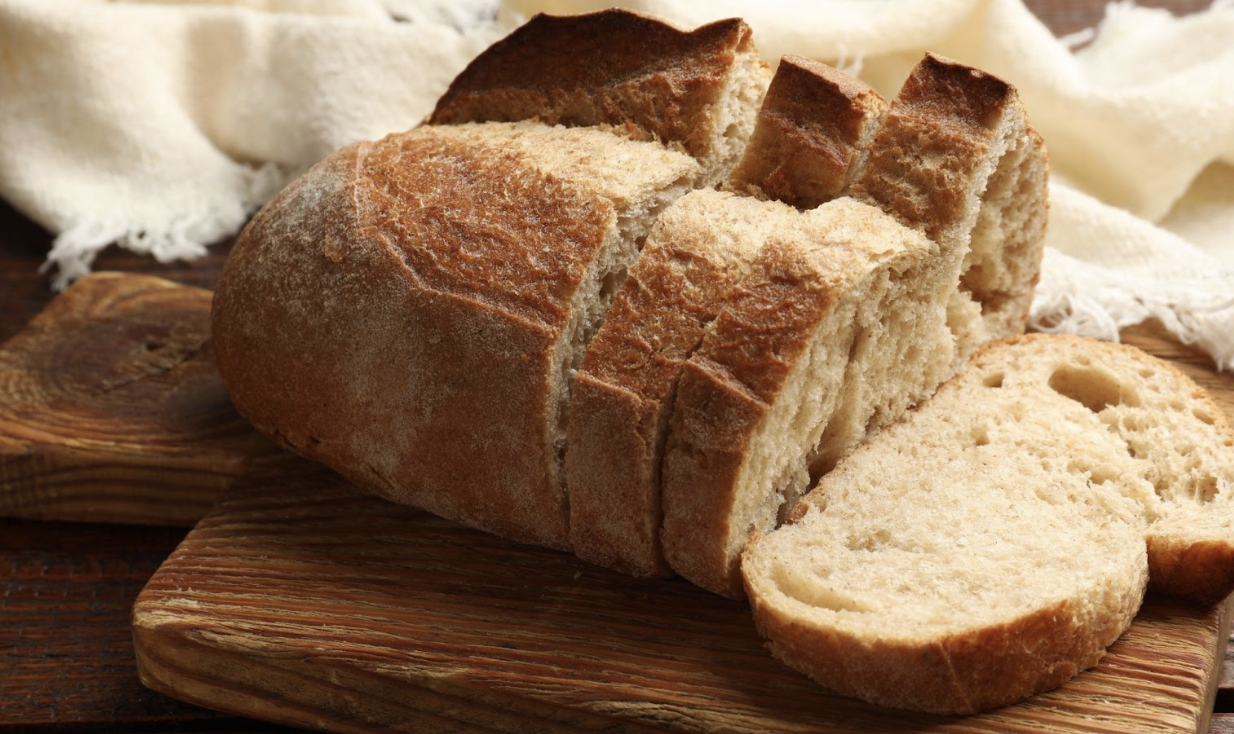The Case for Working Out Without Shoes
We spend decades strengthening every muscle except the ones in our feet. I learned the hard way that real stability starts from the ground up—literally.

You’ve seen those foot braces, ergonomic insoles, and those funny-looking toe separator socks. But what if I told you the key to better balance, stronger joints, and less pain was actually…wearing nothing at all? (On your feet, that is. 😉)
This is the story of how a fluke back injury during my workout led me to become a barefoot fitness enthusiast—and how something as simple as removing your shoes during training can build the strength needed to stay independent for decades.
From Back Injury to Barefoot Training
I was recently training in Mexico when I suffered a back injury. During my recovery, my chiropractor, Dr. Leon Aibinger, examined my feet and noticed something peculiar.
One of my feet had reduced movement laterally in the ankle joint. This created a domino effect of consequences all the way up my leg, that even contributed to my back injury due to subtle weakness.
Suddenly, it all made sense. I remembered the balance exercises my trainer, Korey Rowe, had me do, and how I’d wobbled and gotten tired quickly. It wasn’t just “poor balance.” It was that my stabilizing muscles, especially in my feet and lower legs, were weak.
But the reason I had never noticed this is because when we wear shoes, and stand on both feet, the strong side compensates for the weak side and the weak side continues to fly ‘under the radar.’ Until an injury reveals it.
That’s when and why Dr. Leon recommended I start training barefoot, and within a few weeks, I could feel a big difference. But how does training barefoot actually help?
Barefoot Training 101
Our feet are tiny powerhouses. They contain 26 bones, 33 joints, and over 100 muscles, tendons, and ligaments. But as we age, two things start to happen.
First, our foot strength and proprioception (your body’s ability to sense movement and position) drop, making us more prone to wobbles, falls, and chronic joint pain.
Second, decades of wearing supportive, cushioned shoes mean your foot’s small stabilizing muscles haven’t had to do much work. Translation? They weaken from disuse.
That’s where barefoot training comes in. The theory is that without the extra support from shoes, your feet force these dormant muscles, all the way up your leg, to re-engage.
What Does The Science Say?
The science seems to support this. A study in Brazil found that adults who performed deadlifts barefoot had better postural control and stability compared to those wearing shoes (Maior et al., 2023).
Another meta-analysis of 156 participants found that people had more body sway (less stability) when wearing regular shoes compared to being barefoot, especially when their eyes were closed. This suggests that wearing shoes may actually reduce our natural stability and balance control as opposed to being barefoot (Reutimann et al., 2022).
What This Looks Like For You
If you’re ready to drop the shoes, just remember to start slowly. Your feet have been cushioned princesses for decades, and they’ll need some time to safely relearn their job.
Begin with barefoot strength training (like squats or deadlifts) on a yoga mat, or do balance work (like single-leg stands), paying attention to how your toes naturally grip and stabilize.
If you’re dealing with foot pain, diabetes, or orthopedic issues? Consult your doctor or physical therapist first.
Strengthening your feet won’t happen overnight, but it’s a process worth investing in as your feet quite literally support everything above them. Strengthen your foundation, and the rest will follow.


